Why Is Sun Safety Important For skin?
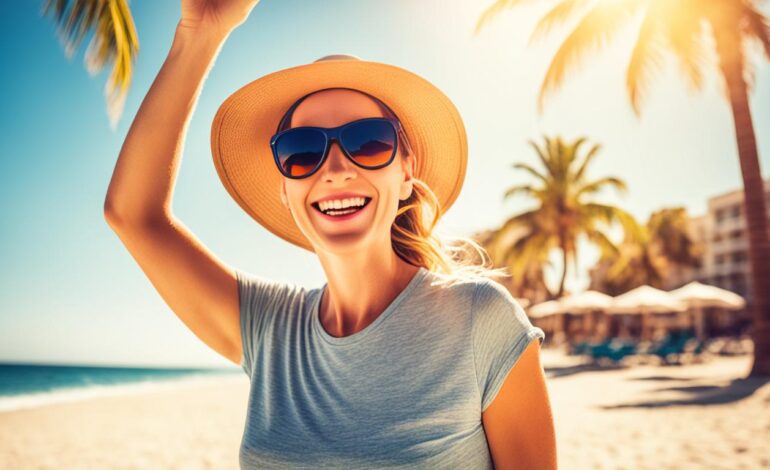
Sunlight is key for our health, helping our bodies make vitamin D. This vitamin is vital for strong bones and overall health. But, too much sun without protection can harm our skin, eyes, and immune system. It can even cause skin cancer.
The sun sends out two main types of UV rays: UVA and UVB. UVB rays mainly cause sunburns. But both UVA and UVB can make our skin age faster, wrinkle, and increase the risk of skin cancer.
Key Takeaways
- Sunlight exposure is necessary for vitamin D production, but unprotected exposure can damage the skin, eyes, and immune system.
- UV rays, including both UVA and UVB, can cause skin aging, wrinkling, and skin cancer.
- Tanning is the skin’s response to UV light, but it does not prevent skin cancer.
- Protecting your skin from harmful UV rays is crucial for maintaining skin health and reducing the risk of skin cancer.
- Sun safety practices, such as using sunscreen, wearing protective clothing, and seeking shade, can help safeguard your skin.
Understanding the Dangers of Excessive Sun Exposure
The sun sends out visible, infrared, and ultraviolet (UV) rays to the earth. These UV rays come in three types: UVA, UVB, and UVC. UVC rays get absorbed by the atmosphere, but UVA and UVB can reach the skin, causing health issues.
Also Read : What Are The Best Skincare Tips For Beauty?
UVB rays are shorter and more dangerous, increasing skin cancer risk. UVA rays are longer and cause wrinkles, skin aging, and loss of elasticity. They also make UVB effects worse, including skin cancer and cataracts.
Also Read : What Are The Different Skin Types?
Ultraviolet Radiation and Its Effects
Melanin, the skin’s natural pigment, protects against UV rays. But too much sun exposure can cause sunburn and harm. It also raises the risk of skin cancer, cataracts, and premature aging of the skin.
Also Read : How Can Diet Affect Sensitive Skin?
Knowing the risks of too much sun exposure is key to keeping skin healthy. By understanding UV rays and their effects, people can protect their skin. This reduces the chance of skin damage.
Also Read : What Are The Benefits Of Skin Care Advertisements?
The Rising Incidence of Skin Cancer
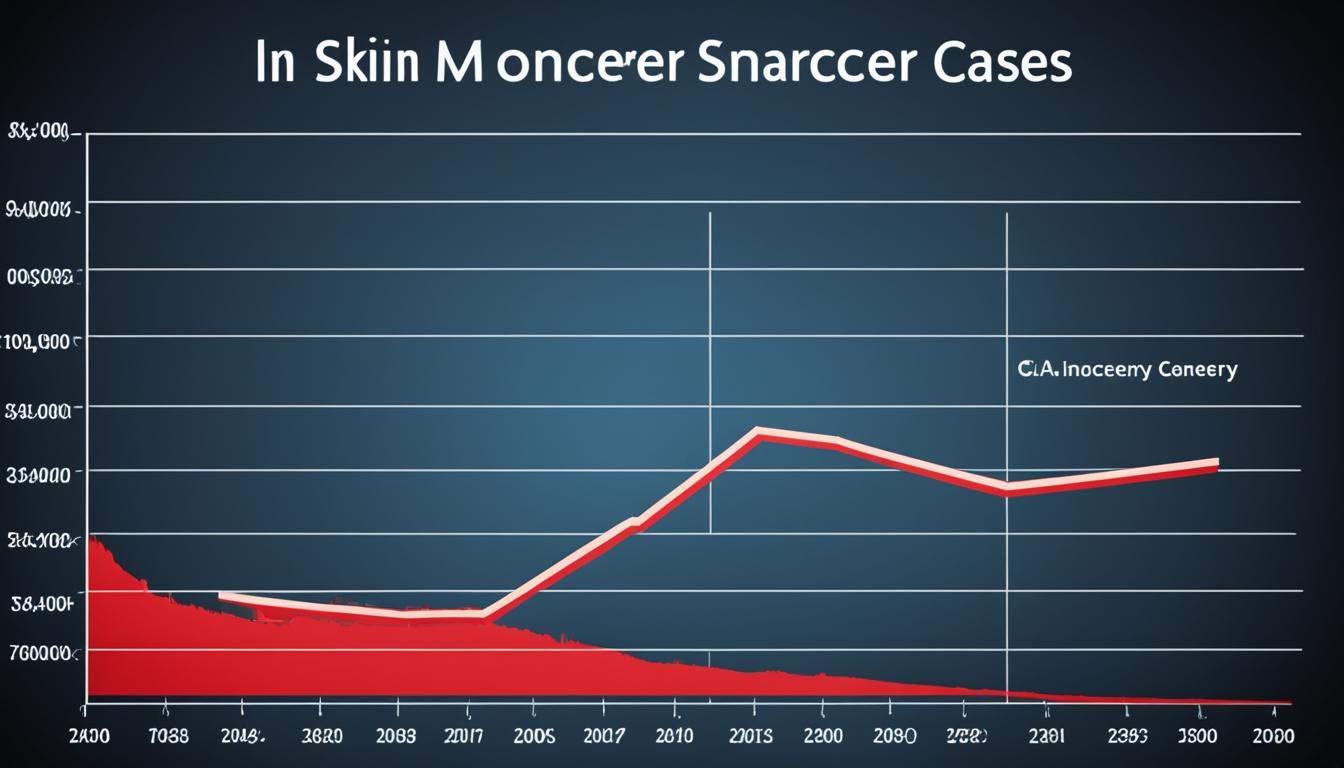
Skin cancer is becoming a big health worry in the U.S. Its numbers are going up. The National Cancer Institute says there were about 100,640 new skin melanoma cases and 8,290 deaths in 2024. Also, the Centers for Disease Control and Prevention report that around 6.1 million people get treated for basal cell carcinoma and squamous cell carcinoma each year.
Also Read : What Causes Facial Redness And How Can It Be Treated?
Most skin cancer cases come from too much sun exposure. The sun’s UV rays can harm skin cells’ DNA, causing skin cancer. This includes melanoma, basal cell carcinoma, and squamous cell carcinoma.
The rising incidence of skin cancer is worrying. These cancers can be very aggressive and dangerous if not treated. We need to spread the word about sun safety and teach how to protect ourselves.
“Skin cancer is the most common cancer in the United States, and its incidence is on the rise. This increase is largely attributed to excessive exposure to ultraviolet (UV) radiation from the sun.”
Preventing skin cancer is key. This means doing regular skin checks, using sunscreen, and wearing protective clothes. By knowing the risks of UV rays and protecting our skin, we can fight this growing disease.
Sun Safety: Protecting Your Skin from Harmful UV Rays
Keeping safe from the sun is key to protecting your skin from its harmful UV rays. Too much sun can cause skin problems like sunburn, skin cancer, and premature aging. Luckily, there are ways to shield your skin and lower the risks of sun damage.
One important step is to stay in the shade, especially from 10 a.m. to 4 p.m. This is when the sun’s rays are strongest. Also, wear protective clothes like long sleeves, pants, a wide-brimmed hat, and sunglasses to add extra protection.
Along with staying shaded and covered, using broad-spectrum sunscreen with SPF 15 or higher is crucial. Remember to reapply sunscreen every 2 hours or after swimming or sweating to keep your skin protected.
| Sun Safety Measure | Benefits |
|---|---|
| Seeking shade | Reduces exposure to intense UV rays during peak hours |
| Wearing protective clothing | Blocks UV rays from reaching the skin |
| Using broad-spectrum sunscreen | Shields the skin from both UVA and UVB rays |
By following these sun safety steps, you can greatly lower your risk of sunburn, skin cancer, and premature aging from too much sun. Keeping your skin safe from the sun’s harmful effects is key for good skin health and overall well-being.
The Role of Sunscreen in Sun Protection
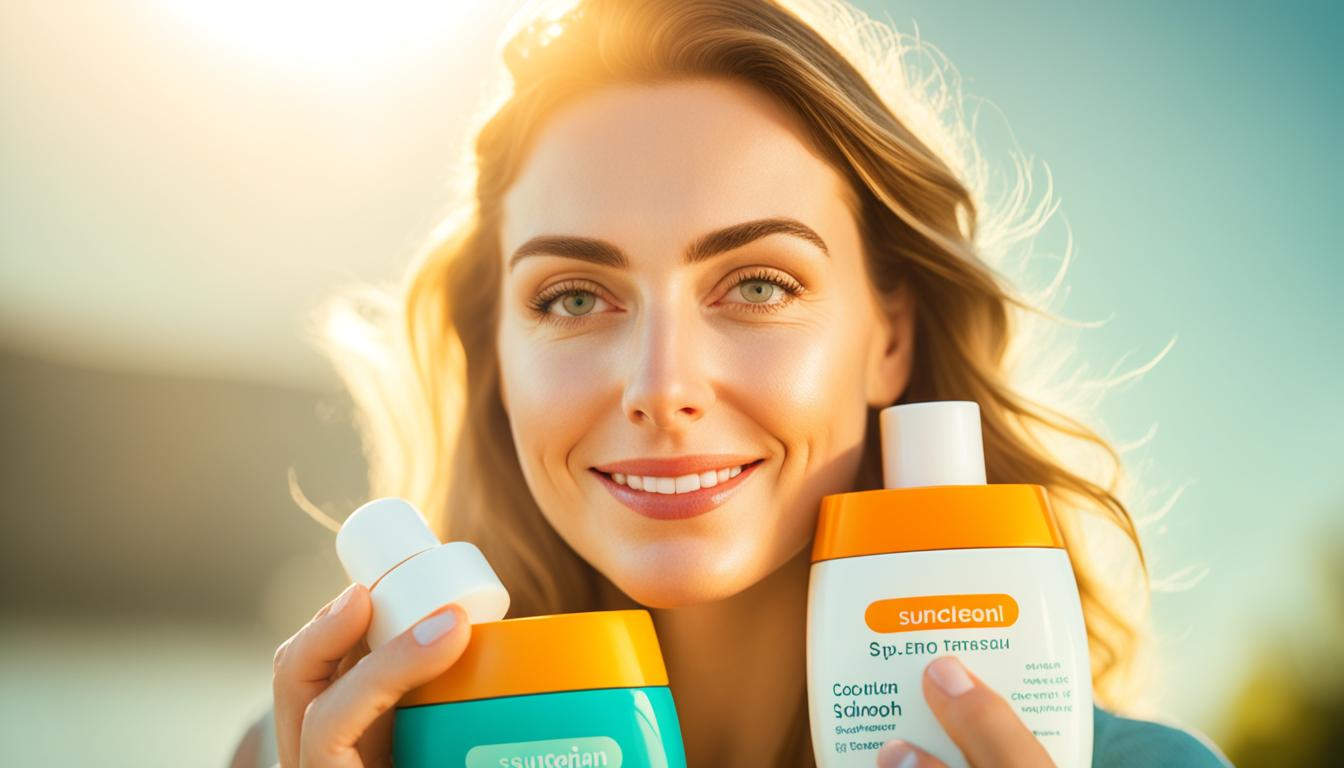
Sunscreens are key in protecting our skin from ultraviolet (UV) radiation. They don’t block all UV rays, but the right one can lower the risk of sun damage, skin cancer, and aging skin.
Choosing the Right Sunscreen
When picking a sunscreen, look for broad-spectrum protection against UVA and UVB rays. The SPF number shows how well it protects, with higher numbers meaning better protection. Experts say to use a sunscreen with at least SPF 30.
Sunscreens have active ingredients that absorb or scatter UV light. Chemical sunscreens absorb UV rays, while physical ones reflect and scatter them. Make sure to apply sunscreen well and reapply every two hours, especially after swimming or sweating.
- Opt for broad-spectrum, high-SPF sunscreens
- Choose water-resistant or waterproof formulas for outdoor activities
- Check the expiration date as sunscreen’s effectiveness decreases over time
- Reapply sunscreen every 2 hours, or more often if swimming or sweating
Using sunscreen daily and picking the right one for your skin and activities can protect you from the sun’s harmful rays. This can lower your risk of sun damage, skin cancer, and aging skin.
Risk Factors for Harmful Effects of UV Radiation
Everyone can be affected by too much ultraviolet (UV) radiation, but some are more at risk. People with pale skin, blond, red, or light brown hair, and those with a family history of skin cancer are more likely to be affected.
Even on overcast days, up to 80% of the sun’s harmful UV rays can get through. This shows why it’s key to always protect yourself from the sun. Some medications can make you more sensitive to the sun, increasing the risk of sunburn and skin damage.
It’s very important to talk to a doctor if you’re an infant under 6 months old. Their skin is very delicate and their immune system is still growing. Using shade and sunscreen is crucial to keep them safe from the sun’s risks.
Everyone, no matter their skin colors or hair colors, needs to be careful about the sun. Taking steps to protect your skin is key to keeping it healthy, even on sunny days or when you’re out and about.
“Protecting your skin from the sun’s harmful UV rays is crucial, regardless of your skin tone or hair color. Being proactive about sun safety is the best way to reduce the risk of sunburn, skin cancer, and premature skin aging.”
Protecting Your Eyes with Sunglasses
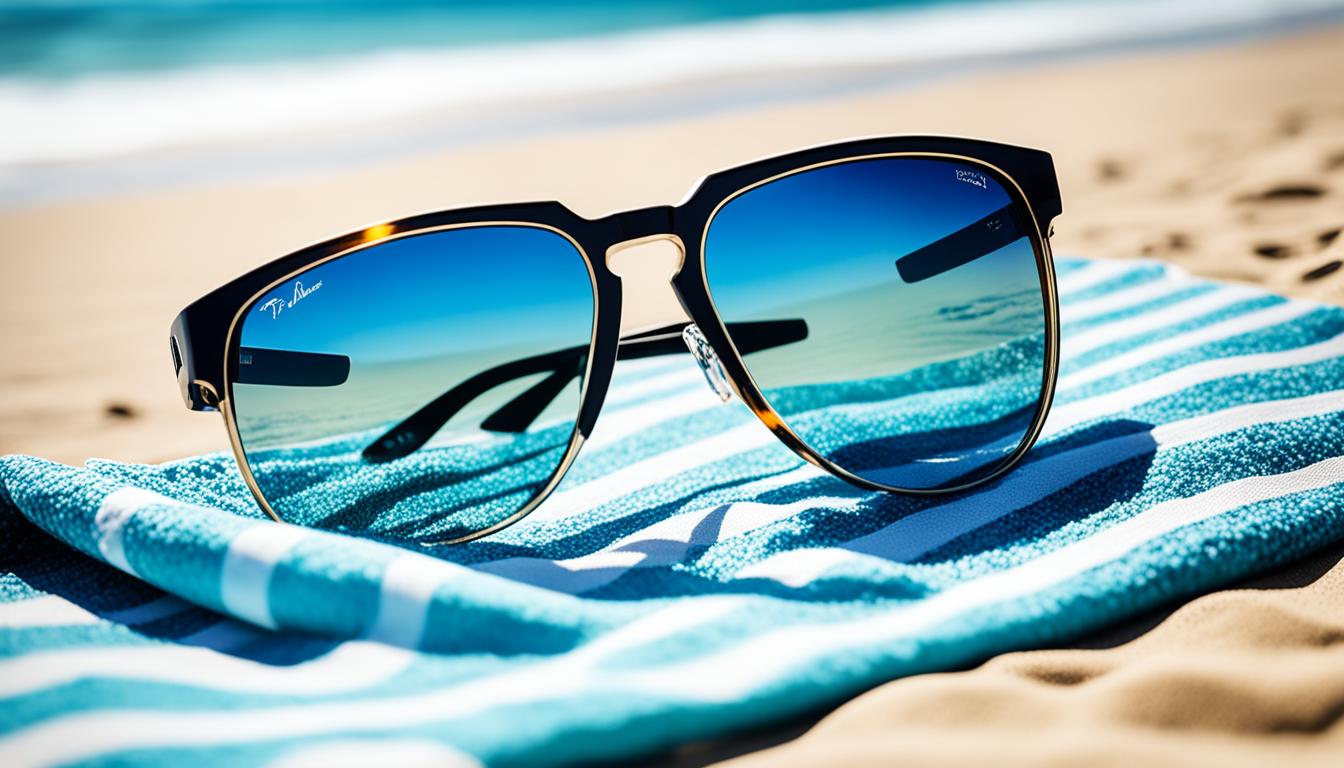
Sunlight bouncing off surfaces like sand, water, and snow increases your risk of eye damage and cataracts. It’s key to wear the right sunglasses for eye protection against these risks.
Choosing the Right Sunglasses
When picking sunglasses, find ones that block 99-100% of UVA and UVB rays. This is shown by a UV400 rating. Don’t assume dark lenses mean UV protection. Always check the label for the UV protection level.
- Choose wraparound-style frames for more UV protection.
- While contact lenses with UV protection help, wearing sunglasses with UV absorption is best. Use a wide-brimmed hat and sunscreen too.
Buying a good pair of sunglasses with the right UV protection is a smart move. It helps protect your eyes from the bad effects of sun exposure.
Sun Safety for Outdoor Workers and Schools
Employers must protect their workers from too much sun. Outdoor workers are at higher risk of getting skin cancer because of the UV rays. Employers can take steps to make sun safety better and lower this risk.
One good way is to provide shade at work. This helps workers stay out of the sun during breaks or when they can’t move. Employers should also plan work times to avoid the sun’s strongest rays, usually from 10 AM to 4 PM. Making sure workers reapply sunscreen often is also key.
Schools can help keep students safe from the sun too. By adding more shade in outdoor areas, teaching about sun safety, and making sun safety a part of school rules can cut down on sun exposure.
Keeping outdoor workers and students safe from UV rays lowers the chance of skin cancer. It also makes them work better and cuts down on health costs, like workers’ compensation claims.
| Sun Safety Measures for Outdoor Workers | Sun Safety Measures for Schools |
|---|---|
|
|
By focusing on sun safety, employers and schools can keep outdoor workers and students safe. This lowers the risk of skin cancer and creates a healthier, more productive place.
“Protecting outdoor workers and students from UV exposure not only reduces the risk of skin cancer but can also increase productivity and reduce costs associated with sun-related health issues.”
The Importance of Year-Round Sun Protection

Many think sun safety is only for summer, but it’s key all year. UV exposure can cause sunburn, skin aging, and raise skin cancer risk, even on cloudy or cool days. UV rays go through clouds and bounce off surfaces like water, cement, sand, and snow, upping your risk.
In the continental U.S., UV rays hit hardest from 10 a.m. to 4 p.m. daylight saving time, no matter the weather or season. For year-round sun protection, always use broad-spectrum sunscreen, wear protective clothes, seek shade, and watch your sun time all year.
- Use broad-spectrum sunscreen with SPF 30 or higher and reapply every 2 hours, or more if you’re swimming or sweating.
- Wear protective clothing like long-sleeved shirts, pants, and wide-brimmed hats to block UV exposure.
- Stay in the shade during peak UV hours to cut down on sun damage and skin cancer risk.
Sun safety is a year-round job. By making these habits part of your daily life, you can shield your skin from UV radiation. This lowers your risk of skin aging and skin cancer.
Beware of Flammable Spray Sunscreens
Sunscreen is key in fighting off UV rays, but not all are the same. Be careful with spray sunscreens because many have flammable ingredients. These can be a big fire risk.
Alcohol in some spray sunscreens makes them flammable. It can light up easily, especially near open flames or with children around. This can cause fires or burns.
Also, there have been many sunscreen recalls lately because of benzene contamination. Benzene is a known cancer-causing substance. Always check for recalls on your sunscreen to use safe and effective protection.
| Product | Flammability | Benzene Contamination |
|---|---|---|
| Spray Sunscreen A | Yes | No |
| Spray Sunscreen B | Yes | Yes |
| Lotion Sunscreen C | No | No |
Choosing safe sun protection is very important. Always read the warnings on spray sunscreens and be careful, especially near open flames or with children. By knowing the risks and making smart choices, you can protect yourself from the sun safely.
“Sunscreen is the first line of defense against harmful UV rays, but it’s essential to choose products that prioritize safety and efficacy.”
Reducing the Risk of Sunburn, Skin Cancer, and Early Skin Aging
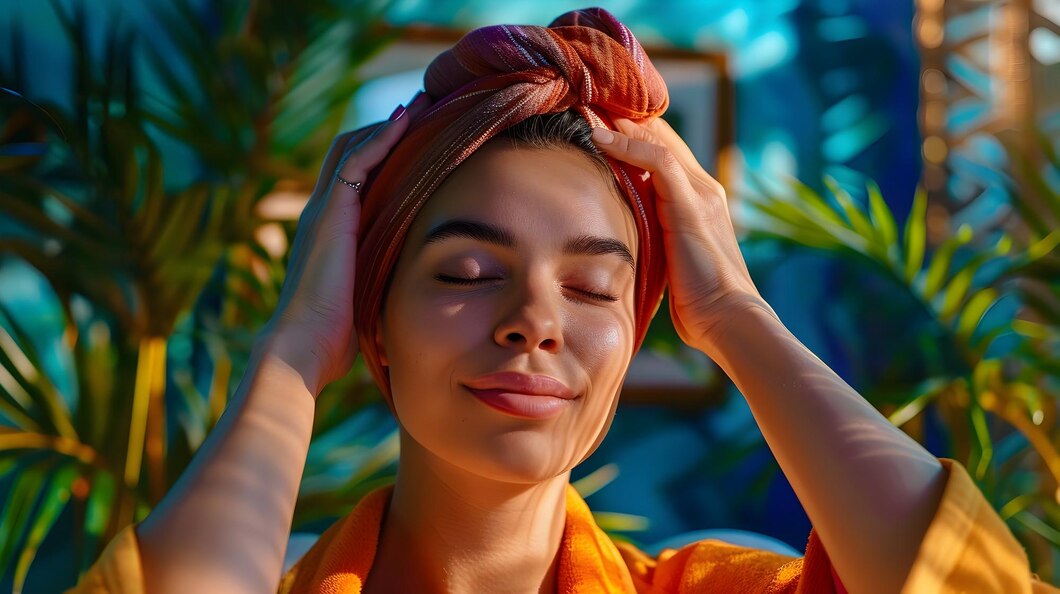
Protecting your skin from the harmful effects of too much sun exposure is key to keeping it healthy and young. By taking steps to stay safe in the sun, you can lower your risk of sunburn, skin cancer, and early skin aging.
One way to cut down on UV exposure is to watch the time you spend outside. The sun’s rays are strongest from 10 a.m. to 2 p.m. Try to stay in shade or spend less time in the sun during these hours.
- Wear protective clothing, like long-sleeved shirts, pants, and a wide-brimmed hat, to protect your skin from the sun.
- Use a lot of broad-spectrum sunscreen with at least SPF 15. Reapply every 2 hours, or right after swimming or sweating.
- Remember, UV rays can bounce off things like water, sand, and snow, making your sun exposure even higher.
By sticking to these sun safety tips, you can greatly lower your risk of the bad effects from too much UV exposure. This includes sunburn, skin cancer, and fast skin aging.
| Sun Safety Measure | Benefits |
|---|---|
| Limit time in the sun between 10 a.m. and 2 p.m. | Reduces exposure to the sun’s most intense UV rays |
| Wear protective clothing | Shields skin from direct sun exposure |
| Use broad-spectrum sunscreen with SPF 15+ | Provides a barrier against harmful UVA and UVB rays |
| Seek shade whenever possible | Minimizes overall sun exposure, including reflected UV rays |
Adding these sun safety steps to your daily life lets you enjoy the outdoors safely. This way, you protect your skin from the bad effects of too much UV exposure.
Also Read : Unlock Your Glow: Essential Skin Care Tips For Radiant Complexion
Conclusion
Keeping your skin safe from the sun’s harmful UV rays is key to good skin health. It also lowers the risk of sunburn, skin cancer, and early skin aging. By using sunscreen, wearing protective clothes, staying in the shade, and not spending too much time in the sun, you can safely enjoy being outdoors.
Sun safety is important all year, not just on sunny days. UV rays can go through clouds and bounce off surfaces, causing damage even when it’s cool or cloudy. Sticking to safe sun habits can stop skin cancer and other problems from UV damage. By protecting your skin, you’re looking after your health for the long run.
Adding sun safety to your daily life, at work, school, or play, can greatly lower the risks from UV radiation. A full approach to sun protection lets you enjoy the outdoors safely. This way, you protect your skin and lessen the effects of sun-related skin issues.
FAQs
Q: Why is sun safety important for skin?
A: Sun safety is important to protect your skin from the damaging rays of the sun, reduce your risk of developing skin cancer, and prevent premature aging. By following sun safety tips such as using sunscreen, wearing protective clothing, and limiting your time in the sun, you can protect your skin from UV rays.
Q: What are some sun safety tips to follow?
A: Some sun safety tips include using sunscreen with a high Sun Protection Factor (SPF), wearing protective clothing such as hats and sunglasses, seeking shade during peak UV hours, and avoiding tanning beds.
Q: How does the UV index impact sun safety?
A: The UV index measures the strength of the sun’s UV radiation. A higher UV index indicates stronger UV rays, which can be more harmful to your skin. It’s important to protect your skin when the UV index is high by using sunscreen and seeking shade.
Q: Why is it important to protect your skin from UV rays?
A: UV rays can penetrate the skin and damage skin cells, leading to sunburn, premature aging, and an increased risk of skin cancer. Protecting your skin from UV rays helps maintain its health and appearance.
Q: How can wearing sunscreen help protect your skin?
A: Sunscreen forms a protective barrier on your skin that helps block UV rays and prevent sun damage. By applying sunscreen regularly, you can reduce the risk of sunburn and skin damage caused by UV exposure.
Q: What is the best way to protect your skin from too much sun exposure?
A: The best way to protect your skin from too much sun exposure is to apply sunscreen with a high SPF, wear protective clothing, seek shade when necessary, and avoid prolonged sun exposure during peak UV hours.
Q: Can children and infants be affected by too much sun exposure?
A: Yes, children and infants are particularly vulnerable to the harmful effects of UV radiation. It is important to protect their delicate skin by using sunscreen, dressing them in protective clothing, and keeping them out of direct sunlight.
